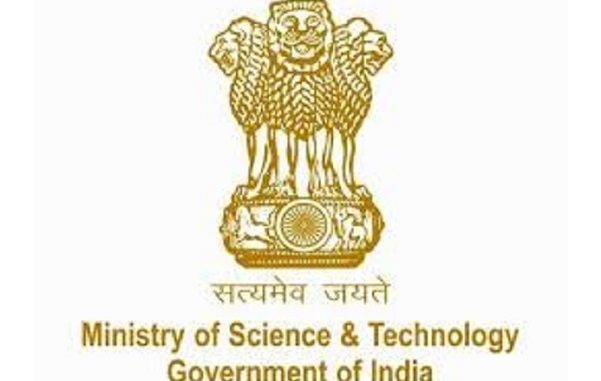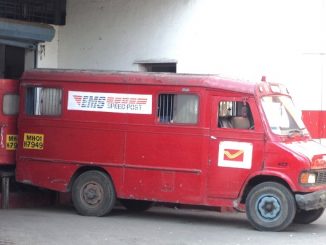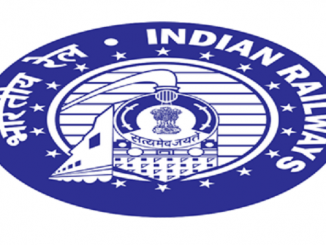
Oct 23: IIT Kharagpur has developed novel Industry 4.0 technology for remotely controlled factory operations and real-time quality correction during industrial production, jointly with TCS to set a new trend in India’s advanced manufacturing sector.
At the time of pandemic when staffing has restrictions due to the hygiene and social distancing norms, cloud infrastructure, remote and real-time operations systems hold the key to maintain effective industrial operations. But the benefits of controlled operations have a bigger impact especially in the context of Atma Nirbhar Bharat in delivering quality output at low costs. The present innovation upgraded the industrial process of friction stir welding to a multi-sensory system of Industry 4.0. It has not only set the course for remotely controlled operations in the Indian industrial sector but has also enabled real-time quality check and correction during the production process. This will make possible for industrial houses to achieve standardized quality goals throughout the production process and reduce rejection hence lowering the cost of production.
Emphasizing on the need for such technologies to achieve the ‘Make in India’ goal, the Director Prof. Virendra K Tewari remarked, “While we are aiming to boost indigenous production and exports, our primary goal should be the quality output with minimum disruptions. Be it consumers in India or abroad, these are the two basic needs our industrial sector, which we must address for procuring orders in large volumes. At IIT Kharagpur’s Centre of Excellence in Advanced Manufacturing Technology, we have set our target to bring to the forefront indigenously developed industry 4.0 technologies to support our industrial sector to achieve this goal.”
The innovative technology developed by Prof. Surjya K Pal, Professor in-charge at the Centre of Excellence in Advanced Manufacturing Technology in association with TCS will acquire real-time information about the welding process through multiple sensors and enable online control of weld quality by means of cloud-based communication with the friction stir welding machine. “Welding is at the heart of any industrial operations. If we can improve the weld quality in real-time during batch production we can reduce rejections in post production sample checks,” opined Prof. Pal. Explaining the new technology, he said, “Our multiple sensor process involves various signal processing and machine learning techniques to predict the ultimate tensile strength of the weld joint is fabricated. This technology is connected with a vast experimental knowledge base to conform to a standard system and prediction of the weld joint strength. Any defect identified during the monitoring procedure is corrected in real-time by sending modified parameters to the machine thus ensuring standardized quality of the process.” The concept of this technology can further be evolved for real-time control of other industrial processes and such work will be carried at the Centre with other industrial partners soon, affirmed Prof. Pal.
The Industry partner TCS views such an innovation has helped to give a direction as an enabler of technology based transformations in the country, especially in overcoming challenges called out by the pandemic. “The remote friction stir welding machine quality control via multi-sensor fusion developed by Centre of Excellence (CoE) in Advanced Manufacturing Technology at IIT Kharagpur is a case in point,” said K Ananth Krishnan, Executive Vice President and Chief Technology Officer. According to him, “The Embedded Systems & Robotics, IoT and ICME platform teams from TCS Research and Innovation are working closely with IIT Kharagpur’s CoE towards AI-driven prediction/control of weld strength using a scalable and robust platform. Academic partnerships are an important part of TCS Research and TCS Co Innovation Network (TCS CoIN) in creating real world solutions with scientific rigour.”
Disclaimer: We donot claim that the images used as part of the news published are always owned by us. From time to time, we use images sourced as part of news or any related images or representations. Kindly take a look at our image usage policy on how we select the image that are used as part of the news.


